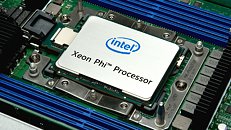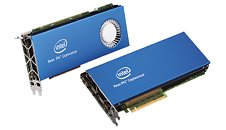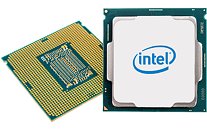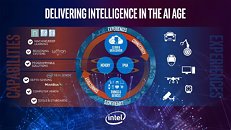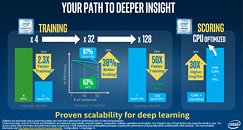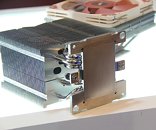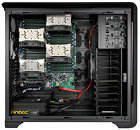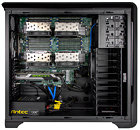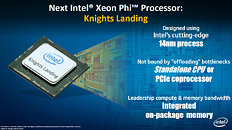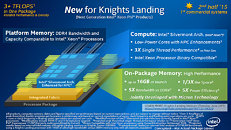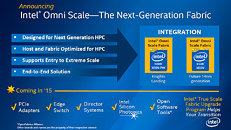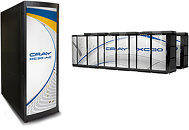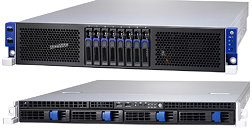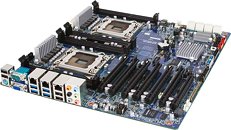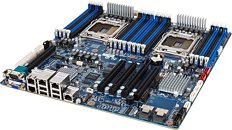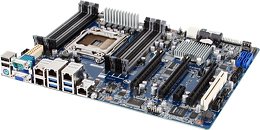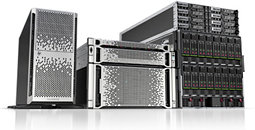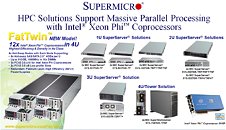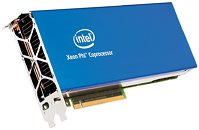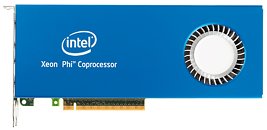TOP500 Expands Exaflops Capacity Amidst Low Turnover
The 56th edition of the TOP500 saw the Japanese Fugaku supercomputer solidify its number one status in a list that reflects a flattening performance growth curve. Although two new systems managed to make it into the top 10, the full list recorded the smallest number of new entries since the project began in 1993.
The entry level to the list moved up to 1.32 petaflops on the High Performance Linpack (HPL) benchmark, a small increase from 1.23 petaflops recorded in the June 2020 rankings. In a similar vein, the aggregate performance of all 500 systems grew from 2.22 exaflops in June to just 2.43 exaflops on the latest list. Likewise, average concurrency per system barely increased at all, growing from 145,363 cores six months ago to 145,465 cores in the current list.
The entry level to the list moved up to 1.32 petaflops on the High Performance Linpack (HPL) benchmark, a small increase from 1.23 petaflops recorded in the June 2020 rankings. In a similar vein, the aggregate performance of all 500 systems grew from 2.22 exaflops in June to just 2.43 exaflops on the latest list. Likewise, average concurrency per system barely increased at all, growing from 145,363 cores six months ago to 145,465 cores in the current list.


